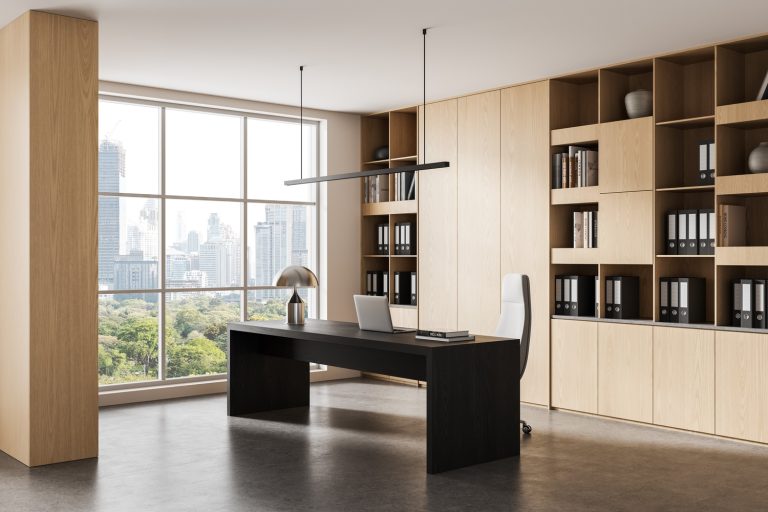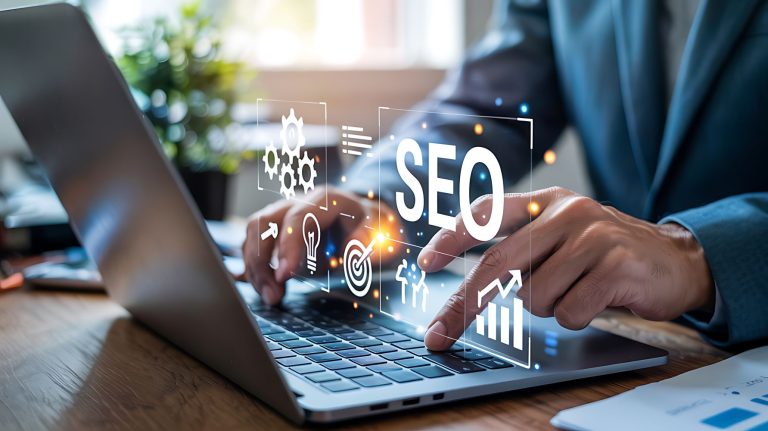Fleet managers operating commercial vehicles save thousands annually through Valero’s specialized fuel card program while gaining unprecedented control over driver spending. The Valero fleet card delivers immediate savings during the first three months after account setup, followed by ongoing rebates based on monthly fuel volume at over 5,000 Valero, Diamond Shamrock, Beacon, and Shamrock stations nationwide. Why Traditional Fuel Payment Methods Fail Modern Fleet Operations There’s a fundamental flaw in how most companies manage fleet fuel expenses. Credit cards offer zero visibility into real-time spending patterns, cash creates accounting nightmares with lost receipts, and traditional payment methods leave businesses vulnerable to unauthorized purchases and fuel theft. Fleet managers operating without dedicated fuel cards essentially run blind, unable to track which drivers are fueling where, when, or how much they’re spending. The problem compounds as fleets scale. A company running 20 vehicles averaging 15,000 miles annually at 20 MPG consumes approximately 15,000 gallons of fuel. Without proper controls and rebates, they’re leaving substantial money on the table. Valero fleet cards address these systemic issues through automated fuel accounting systems that capture every transaction detail while applying volume-based discounts automatically. How Valero Fleet Card Rebates Generate Immediate ROI The promotional rebate structure starts aggressively: save 15¢ per gallon at Valero locations during the first 3 months. This introductory rate alone saves a 50-vehicle fleet consuming 5,000 gallons monthly approximately $2,250 in their first quarter. After the promotional period, ongoing savings of up to 8¢ per gallon continue based on monthly fuel volume, creating predictable cost reductions that compound over time. These aren’t theoretical savings. A regional trucking company operating 30 commercial vehicles reduced their annual fuel expenses by $18,000 simply by switching to Valero fleet cards. The rebate program applies automatically at the pump, requiring no additional paperwork or reimbursement processes. Every gallon purchased at Valero, Diamond Shamrock, Beacon, or Shamrock stations triggers instant savings that appear directly on monthly statements. Beyond the 5,000+ Valero network stations, the cards work at 95% of U.S. gas stations, ensuring drivers never get stranded searching for participating locations. This universal acceptance spans more than 45,000 service locations nationwide, making the Valero fleet fuel card practical for long-haul trucking operations and local delivery services alike. What Security Features Protect Against Fuel Card Fraud? Advanced controls and security features transform the Valero business gas card into a comprehensive spend management tool. Fleet managers set precise limits by driver, location, day/time, and product type through an intuitive online portal. Real-time fraud monitoring algorithms flag suspicious transactions instantly, while PIN authorization requirements add another security layer at the pump. The system’s granular control capabilities mean managers can restrict certain drivers to diesel only, limit daily gallon amounts, or specify authorized fueling windows. Instant card deactivation prevents misuse the moment an issue arises. These security measures eliminated 92% of fraudulent transactions for one logistics company that previously struggled with unauthorized fuel purchases through traditional credit cards. Automatic fuel accounting captures critical data points at every transaction: driver ID, vehicle number, odometer reading, location, time, gallons purchased, and price per gallon. This detailed reporting enables precise cost allocation by department, project, or client, transforming fuel from an opaque expense category into a fully transparent operational metric. Fleet Card vs Credit Card: Understanding the Critical Differences Credit cards designed for general business use fail to address fleet-specific requirements. They lack purchase controls, provide minimal transaction data, and offer no fuel-specific rebates or reporting capabilities. Fleet managers using credit cards receive basic statements showing total amounts spent, but gain no insight into fuel efficiency trends, driver behavior patterns, or potential maintenance issues indicated by unusual consumption rates. Valero commercial fuel cards capture 20+ data fields per transaction compared to the 3-4 fields typical credit cards record. This data density enables sophisticated analytics: identifying vehicles consuming excessive fuel (potential maintenance issues), tracking driver route efficiency, and spotting unusual purchase patterns that might indicate fraud or policy violations. The specialized reporting transforms raw transaction data into actionable fleet intelligence. Tax exemption processing represents another critical advantage. Many states offer diesel fuel tax exemptions for commercial vehicles, but claiming these exemptions through credit card purchases requires extensive manual documentation. Valero fleet cards automate tax-exempt fuel purchases where applicable, potentially saving thousands annually in fuel taxes while eliminating administrative burden. How Customizable Reports Drive Fleet Efficiency Improvements The reporting engine behind Valero fuel cards for business generates customizable reports that reveal hidden inefficiencies. Fleet managers access dashboards showing fuel consumption by vehicle, driver performance metrics, station price comparisons, and exception reports highlighting policy violations. These insights enable data-driven decisions that reduce overall fleet operating costs beyond just fuel savings. Preventative maintenance tracking becomes automatic when odometer readings captured at each fueling integrate with maintenance schedules. The system alerts managers when vehicles approach service intervals, preventing costly breakdowns and extending vehicle lifespans. One construction company reduced maintenance costs by 30% after implementing odometer-based service scheduling through their fleet card program. Exception reporting identifies outliers immediately. Unusual fuel consumption patterns, purchases outside authorized areas, or transactions exceeding preset limits trigger automatic notifications. This proactive monitoring prevented $45,000 in fraudulent charges for a regional delivery service that discovered employees were fueling personal vehicles using company cards. Universal Acceptance Ensures Operational Flexibility Accepted at 95% of U.S. gas stations, Valero fleet fuel cards eliminate range anxiety for drivers operating outside primary service areas. This near-universal acceptance means drivers can fuel at virtually any station during emergencies or when traveling unfamiliar routes. The network spans major brands and independent stations alike, providing maximum flexibility without sacrificing control or visibility. The 45,000+ service locations accepting Valero cards include truck stops, convenience stores, and service centers offering additional fleet services. Drivers can purchase DEF fluid, oil, windshield washer fluid, and other essential supplies using the same card, consolidating expenses while maintaining detailed purchase records. This versatility proves especially valuable for long-haul trucking operations requiring frequent stops across multiple states. Geographic coverage extends throughout all 50 states, making Valero diesel cards ideal for interstate














